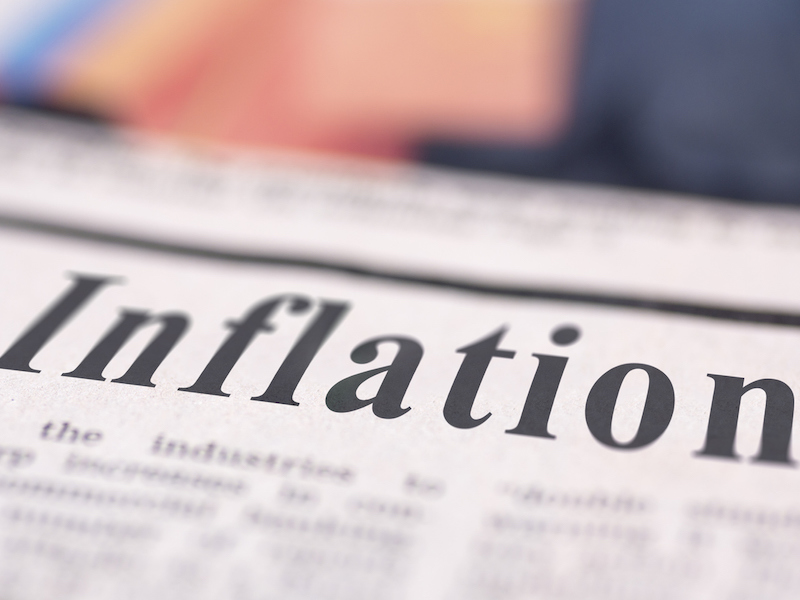
Though the Bank of Canada is probably finished raising interest rates, meeting inflation targets still won’t be easy, portfolio managers suggest.
“Canada has reached what we call a peak [key interest] rate,” said Judith Chan, vice-president, head of multi-asset portfolios with NEI Investments, at the Morningstar Canada Executive Forum on Wednesday morning. She was speaking shortly before the Bank of Canada announced it’s holding the key rate at 4.5%.
Canadian inflation dropped to 5.9% in January, down from 6.3% in December and 8.1% in June, but remains well above the Bank of Canada’s 2% target.
Reducing inflation all the way to 2% through interest-rate hikes could cause “significant” economic damage because of Canadian consumer mortgage debt, Chan said.
The pain of rate hikes “would be felt by Canadians much more quickly than in the U.S.” because of Canadian indebtedness, she said.
“The question becomes, can the Bank of Canada maybe start cutting rates sooner than the U.S.?”
David Tulk, portfolio manager, global asset allocation with Fidelity Investments, said that while inflation has peaked, bringing it down to a level central banks are comfortable with is “going to be a lot harder than what the central banks realize and what the market may be currently pricing as well.”
The remaining portion of inflation that has yet to cool is due to services and “parts of the inflation basket that are most readily tied to the labour market,” he said.
In the U.S., inflation peaked last fall and “will continue to moderate” in 2023, said David Sekera, chief U.S. market strategist with Morningstar Research Services. He said Morningstar is forecasting U.S. inflation to average of 3.2% in 2023 and below 2% in 2024, which is well below the consensus forecast.
Fed chairman Jerome Powell told a Senate panel on Tuesday that the U.S. Federal Reserve would be prepared to increase the pace of rate hikes if “the totality of the data were to indicate that faster tightening is warranted.”
Morningstar had predicted that the U.S. economy would be “stagnant” in the second and third quarters of 2023, Sekera said, but that forecast is being pushed out to the third and fourth quarters.
Sekera said he thinks there will be a soft landing with no recession in the U.S., with growth predicted at 1.4% in 2023 and 1.7% in 2024.